No, Inside Out 2 hasn’t saved the movie business yet
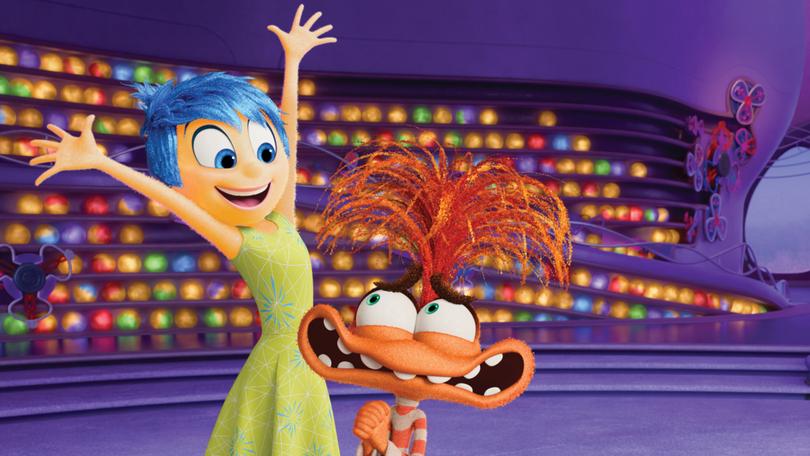
What a difference two weeks make.
A fortnight after proclamations the cinemas were surely on the endangered species list, it’s now roaring back. Huzzah! Our emotions have saved the movie business.
Pixar’s latest release, Inside Out 2, has broken a string of box office records, including the biggest opening weekend in Australia since last year’s Barbenheimer phenomenon. The movie grossed $9.15 million for the weekend and $11.66 million in its first week to Wednesday.
Sign up to The Nightly's newsletters.
Get the first look at the digital newspaper, curated daily stories and breaking headlines delivered to your inbox.
By continuing you agree to our Terms and Privacy Policy.Globally, it’s an even better story. Inside Out 2 made $US380 million, including $US205 million in North America. The movie brings back Amy Poehler as the voice of Joy, one of the emotions that guide teenager Riley as she contends with puberty and anxiety.
Before release, the film was expected to take in $US90 million in its first weekend in the US but it smashed those expectations with a $US155 million haul. For perspective, $US155 million is what Barbie made in its US opening weekend.
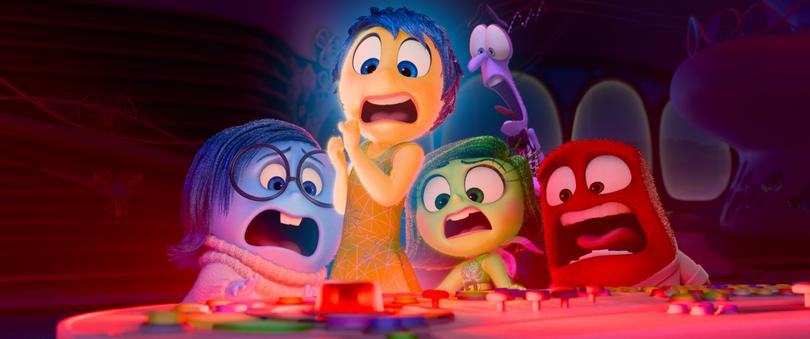
In the UK and Ireland, the movie accounted for 71 per cent of all box office sales during its debut, notching up £11.3 million.
The original Inside Out, released in 2015, grossed $US859 million globally, not adjusted for inflation.
Everyone in the business is celebrating. Perhaps reports of cinema’s death have been greatly exaggerated.
It has been a nervous start to 2024 with a significant chunk of this year’s release slate pushed back to 2025 as a result of the dual actors and writers strikes last year, which shut down productions as studios dragged their feet negotiating with the unions.
Dune 2, released in Australia on February 29, was an early spark with Denis Villeneuve’s sci-fi sequel selling $US711 million worth of tickets.
Since then, it’s been grim. A string of high-profile, expensive productions failed to fire with audiences.
The Ryan Gosling and Emily Blunt action comedy The Fall Guy underperformed with its $US28 million opening weekend against expectations of $US40 million, a $US130 million production budget and an expensive promotional campaign. It’s made $US170 million globally.
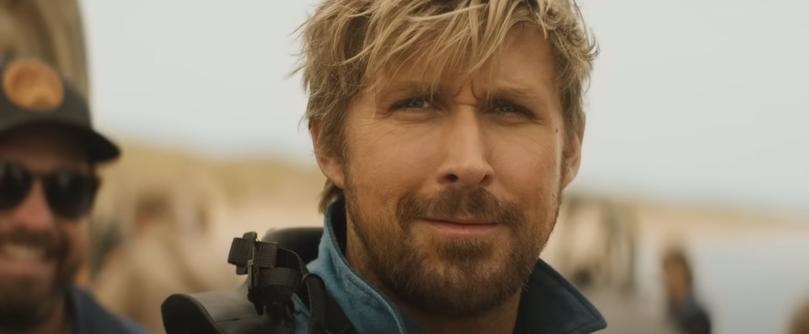
On the surface, The Fall Guy had all the ingredients for a box office barnstormer — two A-listers including Gosling who was riding high off a year of Barbie glory, favourable reviews and an accessible and fun story. But audiences didn’t turn up, which was particularly concerning because it opened in early May, the traditional start of the American summer blockbuster season.
It should be noted The Fall Guy has performed respectably at the Australian box office where it’s made $14 million so far and is the fourth highest-grossing release of the year. The movie was filmed in Sydney with local landmarks such as the Sydney Opera House prominently featured.
Before the month was out, it was Furiosa whose box office sputtered rather than roared. Its global opening weekend was $US58.9 million, against a production budget of $US168 million. It missed expectations and contributed — or, rather, didn’t contribute — to the softest US public holiday Memorial Day weekend, except for the COVID years.
Furiosa, also filmed in Australia, has made just under $10 million locally as of this week.
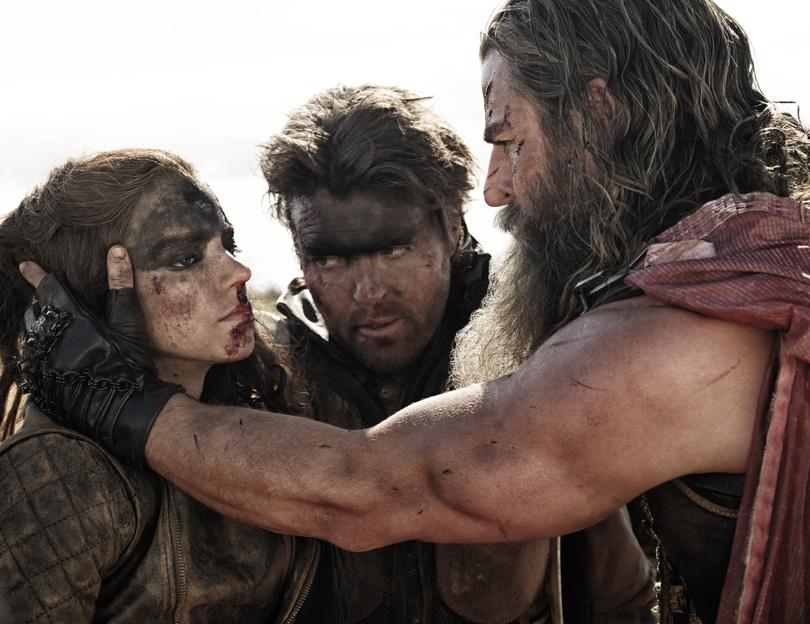
Handwringing and doomsday predictions ensued as industry figures speculated on what could be keeping people at home. Was it the cost-of-living crisis? Is it that viewers expected big release movies to be available at home on streaming within a few weeks and were willing to wait? Were Gosling and Blunt not movie stars to anyone under the age of 30?
COVID lockdowns accelerated the trend of streaming becoming the dominant screen for many viewers who happily stayed home and watched A-listers front blockbusters with $US200 million budgets.
Movies that were never released in cinemas but which were splashed across their home screens, such as Red Notice with Dwayne Johnson and Ryan Reynolds, or The Grey Man with Chris Evans and Gosling.
And that’s certainly a part of it. Audiences have been conditioned to watch “just as good” movies at home for a monthly subscription rather than trekking to cinemas. But that’s not the whole story.
If the past two weeks have shown us anything, it’s that no one really knows. What made people turn out for the creative swampland that is The Garfield Movie but not The Fall Guy? Pestering kids? Surely children are not that invested in a comic strip cat who came up in printed newspapers and then had another life as a 1980s cartoon.
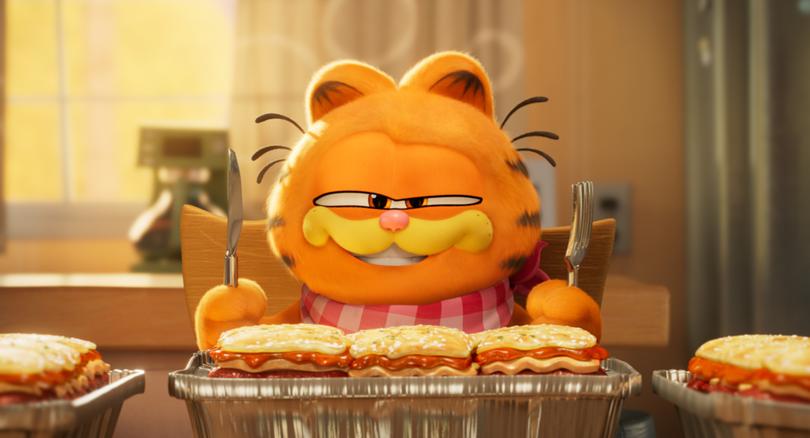
Or why were they hell-bent on the fourth Bad Boys movie, which defied expectations with its $US56 million US opening weekend and is now sitting on a global total of $US223 million after two weeks in release? In Australia, Bad Boys Ride or Die opened to $4.21 million and has done $8.71 million so far.
The truth is, it’s the wild west out there. The predictions of what will fire and what won’t are way off this year.
And there’s not much of a cohesive narrative to be gleaned from the global top 10 so far which is made up of sequels and franchises plus one music biopic at number nine (Bob Marley: One Love) and one original story in 10th (IF).
It looks a lot like every other year this century when studios decided original storytelling was no longer in vogue and that box office wins had to be in the high nine, preferably 10 figures. So they bet big if not bold, and smaller, mid-level budget movies were shoved onto streaming platforms.
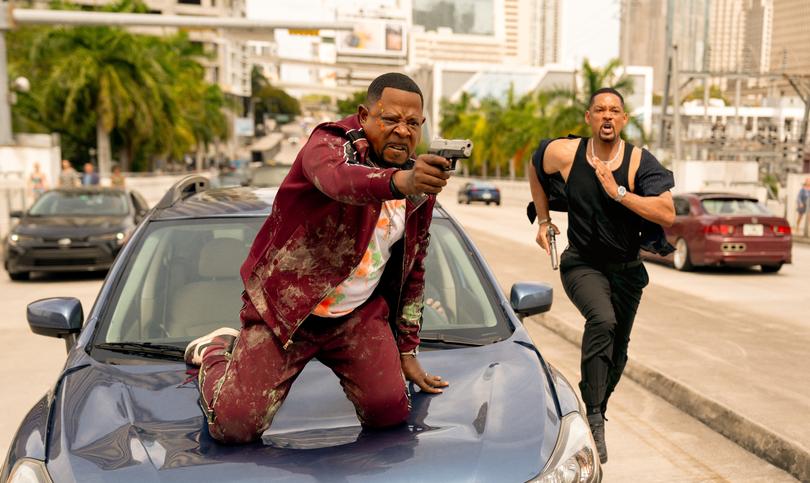
Movies with $US30 million budgets that could’ve carved out a success story with a $US90 million box office were no longer of interest. This sucks for both audiences and cinema owners who need a steady supply of interesting films to keep viewers accustomed to returning with regularity.
According to The Age, the Australian box office is down 12 per cent year-on-year while in the US, it’s more than a quarter.
Those are the kinds of numbers that make people nervous, and nervous people make big sweeping life-or-death statements.
The thing that’s even scarier than decline and imminent death is uncertainty because you can’t plan for it. And one or two successes such as Inside Out 2 and Bad Boys 4 will keep executives chasing a high they can’t replicate with any more guarantees than taking a chance on something original and smaller.
With streaming, the model was upended and it hasn’t stabilised. By chasing voracious growth in their direct-to-consumer units, legacy studios cannibalised their own output, just as they did when they cast off the mid-level movie. No one knows what the next stage looks like.
The movie business is doomed. The movie business is saved.

